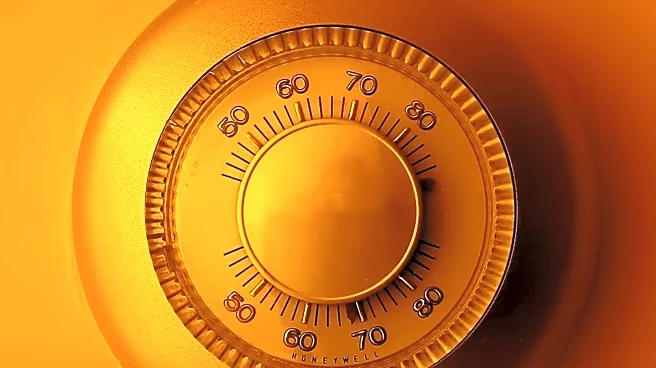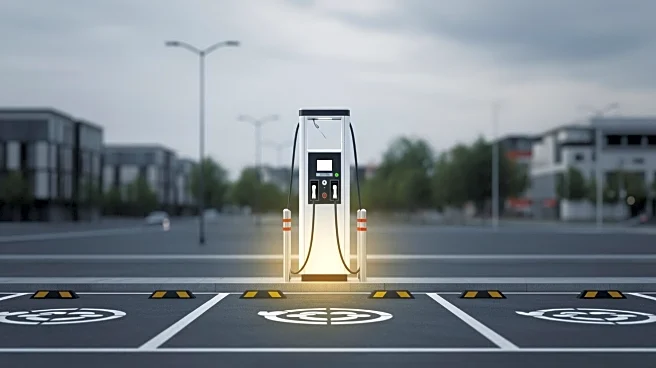What's Happening?
As winter approaches, homeowners are seeking ways to manage heating costs without sacrificing comfort. Julian Picard, owner of HVAC company Centerline Mechanical, advises setting thermostats to 68 degrees
Fahrenheit when at home and between 60 to 65 degrees when asleep or away. This strategy, endorsed by the Department of Energy, can save up to 10% annually on heating and cooling costs. Picard emphasizes the importance of avoiding drastic temperature changes, which can lead to inefficiency and higher bills. He also suggests regular HVAC system inspections to ensure optimal performance and efficiency.
Why It's Important?
With electricity bills rising, finding cost-effective ways to manage heating expenses is crucial for many U.S. households. Proper thermostat settings can significantly reduce energy consumption, leading to lower utility bills. This is particularly important as wholesale power prices are expected to rise further. Homeowners who adopt these strategies can mitigate the financial impact of increasing energy costs, while maintaining a comfortable living environment. Additionally, regular maintenance of HVAC systems can prevent efficiency losses, further contributing to cost savings.
What's Next?
Homeowners are encouraged to assess their HVAC systems and consider professional inspections to ensure they are appropriately sized and functioning efficiently. Investing in insulation and sealing doors and windows can also enhance energy efficiency. As energy prices continue to rise, these proactive measures can help households manage costs effectively. Furthermore, homeowners may explore additional energy-saving technologies and practices to further reduce their environmental footprint and utility expenses.
Beyond the Headlines
The advice to adjust thermostat settings and maintain HVAC systems highlights broader issues of energy efficiency and sustainability. As climate change concerns grow, reducing energy consumption is not only economically beneficial but also environmentally responsible. This approach aligns with national efforts to decrease carbon emissions and promote sustainable living practices. Homeowners who adopt these strategies contribute to a larger movement towards energy conservation and environmental stewardship.











